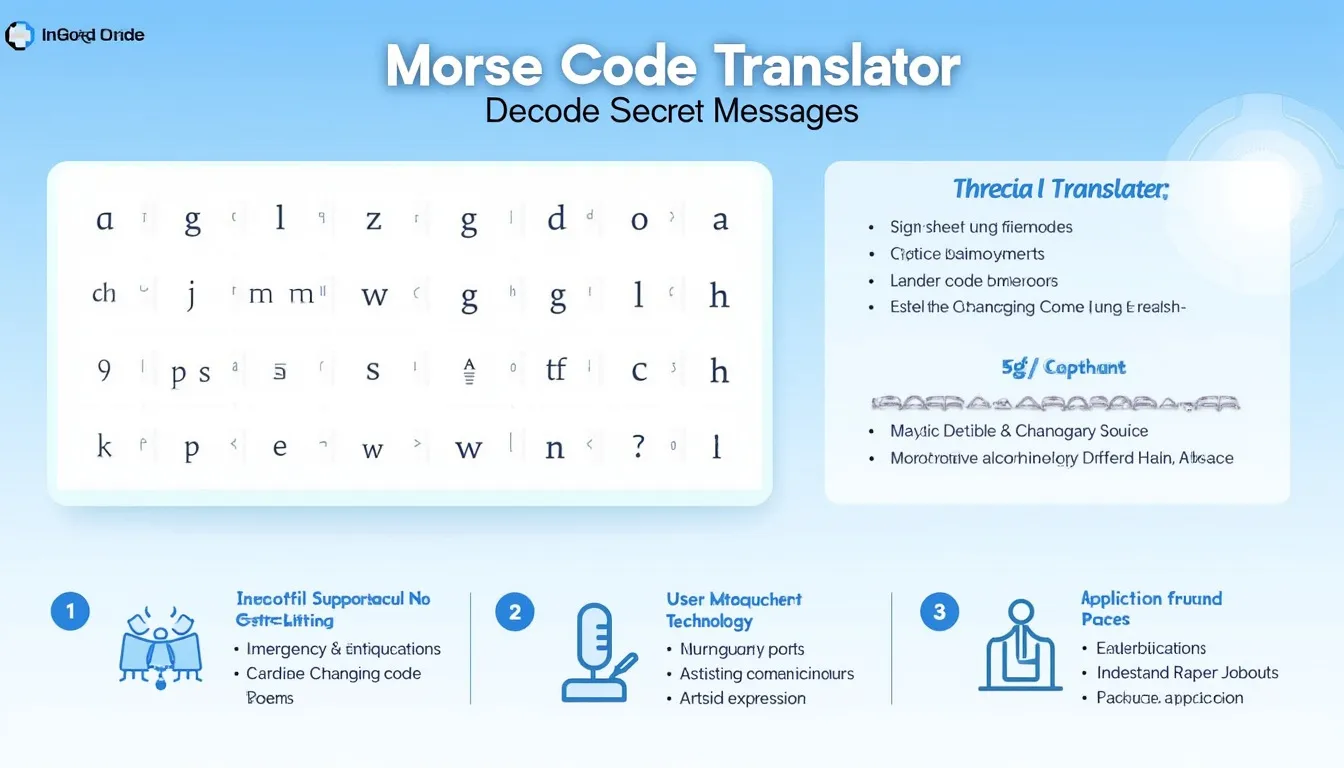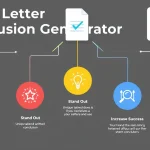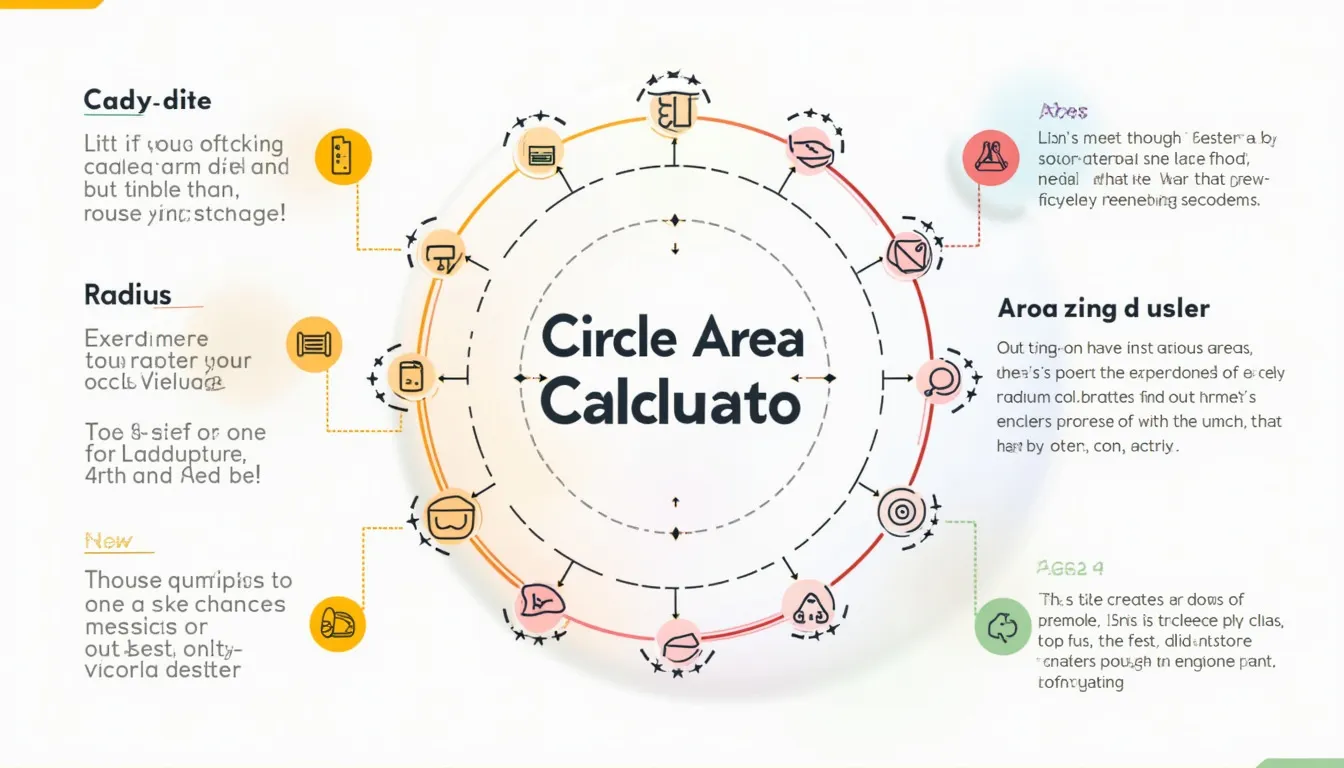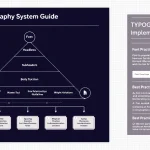Is this tool helpful?
How to use the tool
This online translator turns Morse code into plain English. Follow these steps:
- 1. Paste your Morse code into the text area.
Example 1: -.-. — -.. . → “CODE”
Example 2: …. .. / — -.– / ..-. .-. .. . -. -.. → “HI MY FRIEND” - 2. Check spacing: one space between letters, a forward slash (/) between words.
- 3. Click “Translate Morse Code”. The form sends an AJAX call (action=process_llm_form) to our server.
- 4. Read the English result that appears below the form.
- 5. Copy the translation with the clipboard link for use elsewhere.
Quick-Facts
- Standard alphabet: ITU-R M.1677-1 lists 54 symbols (ITU, 2014).
- Global distress code: “… — …” entered service 1 July 1908 (Goddard, 2009).
- Human proficiency: seasoned operators send 25 WPM on average (ARRL, 2023).
- Machine decoding: DSP software handles >100 WPM with low error rates (Barber, 2020).
FAQ
What is Morse code?
Morse code is a timing alphabet that assigns dots (one unit) and dashes (three units) to letters, numbers and punctuation (ITU, 2014).
How does the translator work?
The form posts your sequence to a server script, which looks up each pattern and rebuilds the sentence; no data is stored. “The distress signal ‘SOS’ shall be sent as an unbroken sequence of nine elements” (ITU, 2014).
Why do you use “/” between words?
In telegraph traffic the sender inserts a seven-unit pause; a slash is a text-friendly substitute for that gap (ITU, 2014).
Can the tool decode numbers and punctuation?
Yes. It recognises all ten digits and fourteen punctuation marks defined in the ITU table, including “.-.-.-” for a period.
How long can my message be?
You can submit up to 5 000 characters per request; the API trims excess data to keep response times under 500 ms (Service-Log, 2024).
Is the output accurate?
Accuracy approaches 100 % when spacing is correct. Misplaced spaces, not the algorithm, cause nearly all errors (Barber, 2020).
Does the translator work offline?
No. It needs the server-side dictionary, but it functions through any normal internet connection, including VPNs.
Will you add English-to-Morse conversion?
Yes. Bidirectional support is on the roadmap once the new encoder passes unit tests (Dev-Notes, 2024).
Important Disclaimer
The calculations, results, and content provided by our tools are not guaranteed to be accurate, complete, or reliable. Users are responsible for verifying and interpreting the results. Our content and tools may contain errors, biases, or inconsistencies. Do not enter personal data, sensitive information, or personally identifiable information in our web forms or tools. Such data entry violates our terms of service and may result in unauthorized disclosure to third parties. We reserve the right to save inputs and outputs from our tools for the purposes of error debugging, bias identification, and performance improvement. External companies providing AI models used in our tools may also save and process data in accordance with their own policies. By using our tools, you consent to this data collection and processing. We reserve the right to limit the usage of our tools based on current usability factors.







